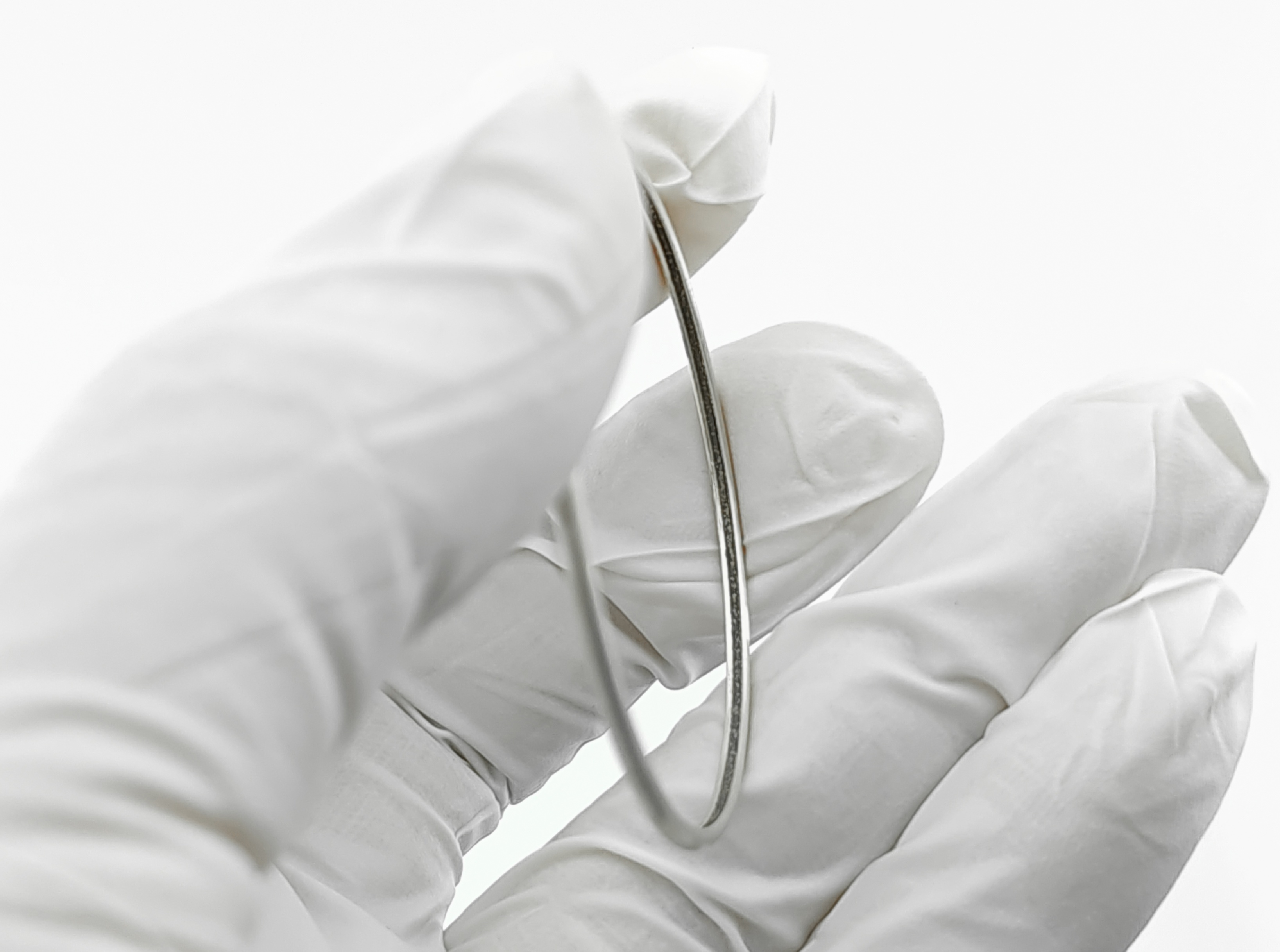Across petroleum extraction, transportation, and refining, sealing rings confront life-threatening challenges: H₂S corrosion, 140MPa ultra-high pressure, 450°C+ temperatures, and abrasive sand-laden crude oil. Failure may trigger blowouts, explosions, or environmental disasters. This article analyzes breakthrough paths through four dimensions: materials, structural design, field applications, and intelligent monitoring.
1. Hellish Challenges: Seals vs. Extreme Environments
- Crushing Pressure: >140MPa wellhead pressure (equivalent to 14,000m water depth)
- Scorching Heat: >200°C in geothermal wells / >450°C in cracking furnaces
- Toxic Corrosion: 20% H₂S concentration + 10MPa CO₂ partial pressure
- Abrasive Destruction: Quartz sand (Mohs 7 hardness) in 30% sand-content crude
- Fire Resistance: Must pass API 607 fire test (760°C/30min)
2. Material Breakthroughs: Ultimate Anti-Corrosion Armor
Polymer Systems
- FFKM: Withstands 327°C, resists H₂S corrosion (<0.5% swelling)
- FKM: Dominates 230°C operations at 65% lower cost than FFKM
- Glass-Filled PTFE: 80% lower wear rate vs pure PTFE, μ=0.05
- HNBR: Cost-efficient solution for <150°C environments
Metallic Defenders
- Hastelloy C276: Endures boiling sulfuric acid (<0.1mm/year corrosion)
- HVOF Coatings: Tungsten carbide sprays (1200HV) extend lifespan 8x
3. Structural Revolution: Active Defense Mechanisms
- Dual-Arch Metal C-Rings: Laser-welded design seals 250MPa (wellheads)
- Spring-Energized PTFE Seals: Multi-lip structure for ESP pumps (45MPa)
- Split Sand-Resistant Rings: Silicon carbide inserts combat particle erosion
- Fireproof Seals: Graphite-Inconel composites exceed API 607 standards
Safety Formula: Backup ring thickness = (Pressure × Gap)/(2 × Material Strength) + Abrasion Allowance (e.g., +0.5mm for sandy conditions).
4. Field-Proven Solutions
Case 1: 8,000m Ultra-Deep Wells (Iraq)
- FFKM O-ring + Inconel 718 metal ring
- Survived 175MPa/200°C/15% H₂S for 3+ years
Case 2: 30% Sand-Crude Transport (Canada)
- SiC-PTFE V-ring + split tungsten carbide ring
- Replacement cycle extended from 2 weeks to 6 months
Case 3: 450°C Catalytic Crackers (China)
- Laser-textured Haynes 230 C-ring
- Maintenance intervals increased from 1 to 4 years
5. Intelligent Monitoring: Digital Twin Defense
- Embedded MEMS sensors: Track contact pressure (±0.1MPa)
- Fiber Bragg Gratings: Detect abnormal strain in real-time
- RFID tags: Record thermal aging history for lifespan prediction
- Field data: Schlumberger’s SureTrack cut downtime by 70%
6. Next-Generation Technologies
- Nano-Enhanced Polymers: Graphene boosts thermal conductivity 3x
- Self-Healing Metals: Field’s Metal (m.p. 62°C) auto-seals cracks
- Bio-Based Elastomers: Dandelion rubber cuts carbon by 40%
The Triple Evolution
Sealing tech transforms through:
① Smart Materials: From corrosion resistance to H₂S adsorption
② Structural Power: Metal seals withstand 250MPa pressure
③ IoT Integration: Predictive maintenance via real-time data
With deep-earth drilling (>15,000m) and methane hydrate extraction advancing, quantum dot sensors and AI-driven material design will unlock Earth’s final energy frontiers.
Post time: Jun-12-2025

